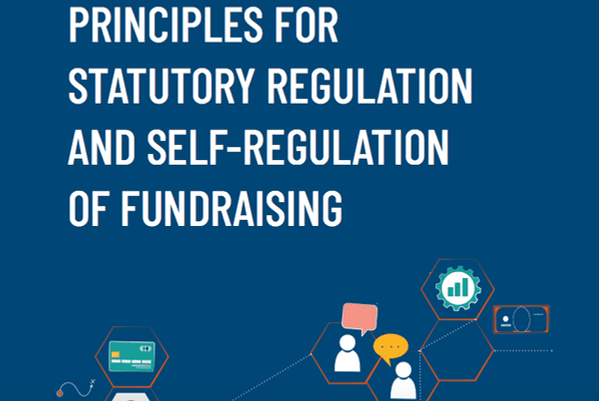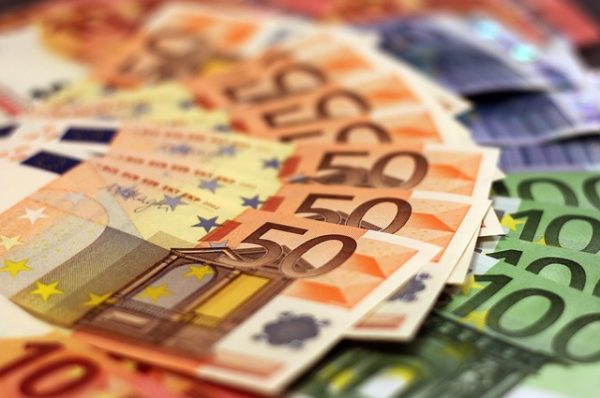
Principles for fundraising regulation launched to help facilitate better global environment for philanthropy
May 6, 2020
€35m Stability Fund launched for Irish charities
May 12, 2020The Dutch gave €5.7 billion in the form of money and in-kind donations in 2018: 0.8% of GDP, according to new figures from The Center for Philanthropic Studies at Vrije Universiteit Amsterdam.
The Giving in the Netherlands report provides macro-economic estimates of philanthropy by households, bequests, corporations, foundations and charitable lotteries in the country. This is the 12th edition of the report.
According to its figures, as a proportion of GDP, the Netherlands gave about the same in 2018 as in 2015 in the form of money and in-kind donations, with households and corporations giving the most, accounting for almost 80% of all philanthropy in the Netherlands. In 2018, households were responsible for 43% of the total: €2,421 million, while companies gave €1,895 million (33%) through gifts and sponsorships. €591 million (10%) came from lotteries, €433 million (8%) from foundations, and €323 million (6%) from bequests.
Contributions from each of these sources increased, except for corporations, which showed the amount contributed to be somewhat lower than in 2015. However, The Center for Philanthropic Studies’ figures show that contributions by corporations can fluctuate strongly from year to year.
The data also shows that each source has a favoured cause. Households contribute the most to religion, giving €755m in 2018, compared to €487m to its next favourite cause: international relief and development. As well as giving money, many Dutch people volunteer their time: In 2019, 40% of the Dutch population was engaged in volunteer work.
Corporations favour sports and recreation, and lotteries international relief and development, while foundations spend most on local communities and basic needs. Bequests mainly benefit health-related causes.
Religion however is less popular than it was. At its all-time high in 2017 it received almost one half (47%) of household contributions, falling to just under one third (32%) in 2018. Other causes are seeing their share of total contributions increasing: since 2013 Health’s share has increased to reach 20% in 2018, while those made to Environment, Nature and Animals has increased from 9% in 1997 to 11% in 2018.
A summary, as well as the full version of the report can be downloaded from The Center for Philanthropic Studies site.




